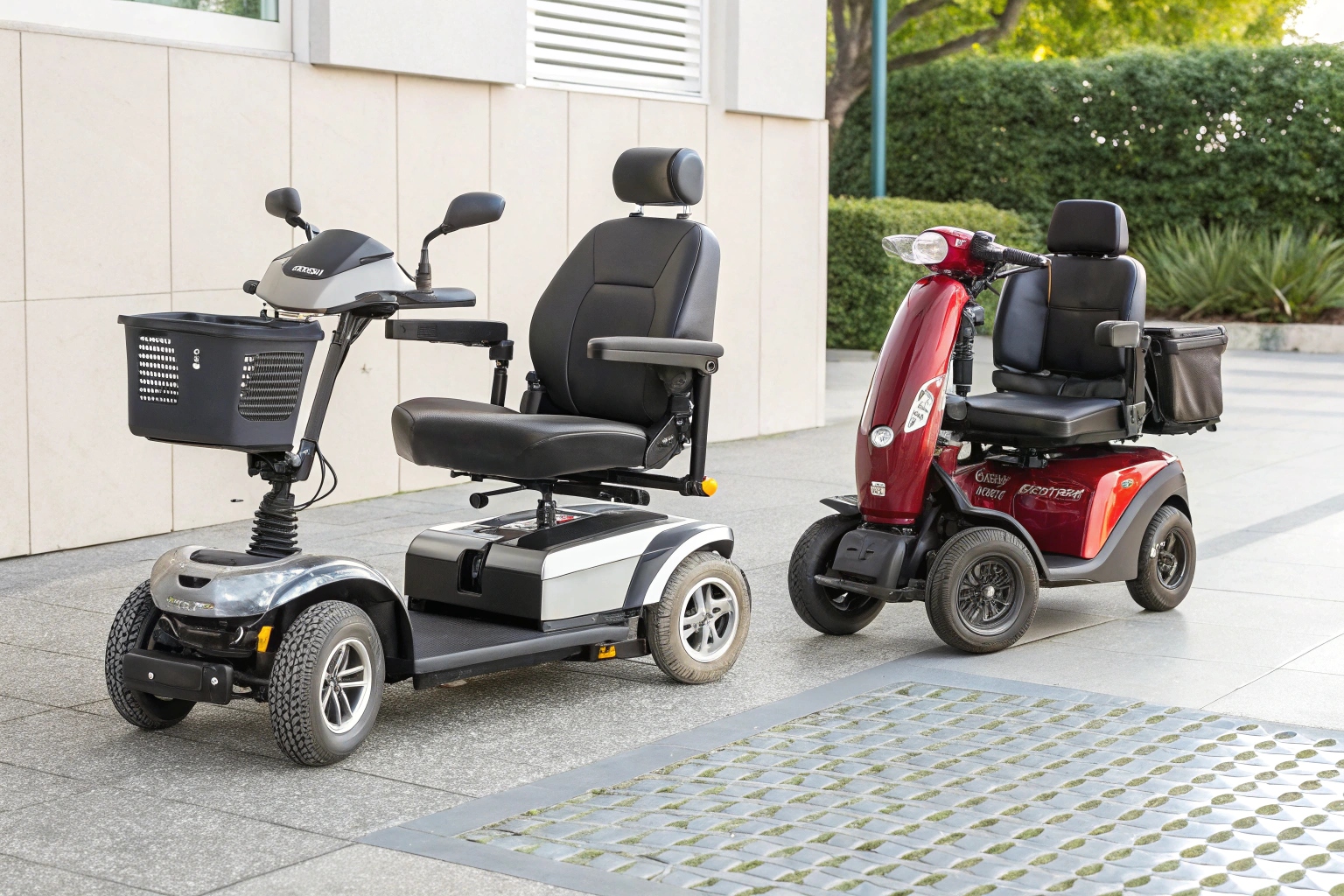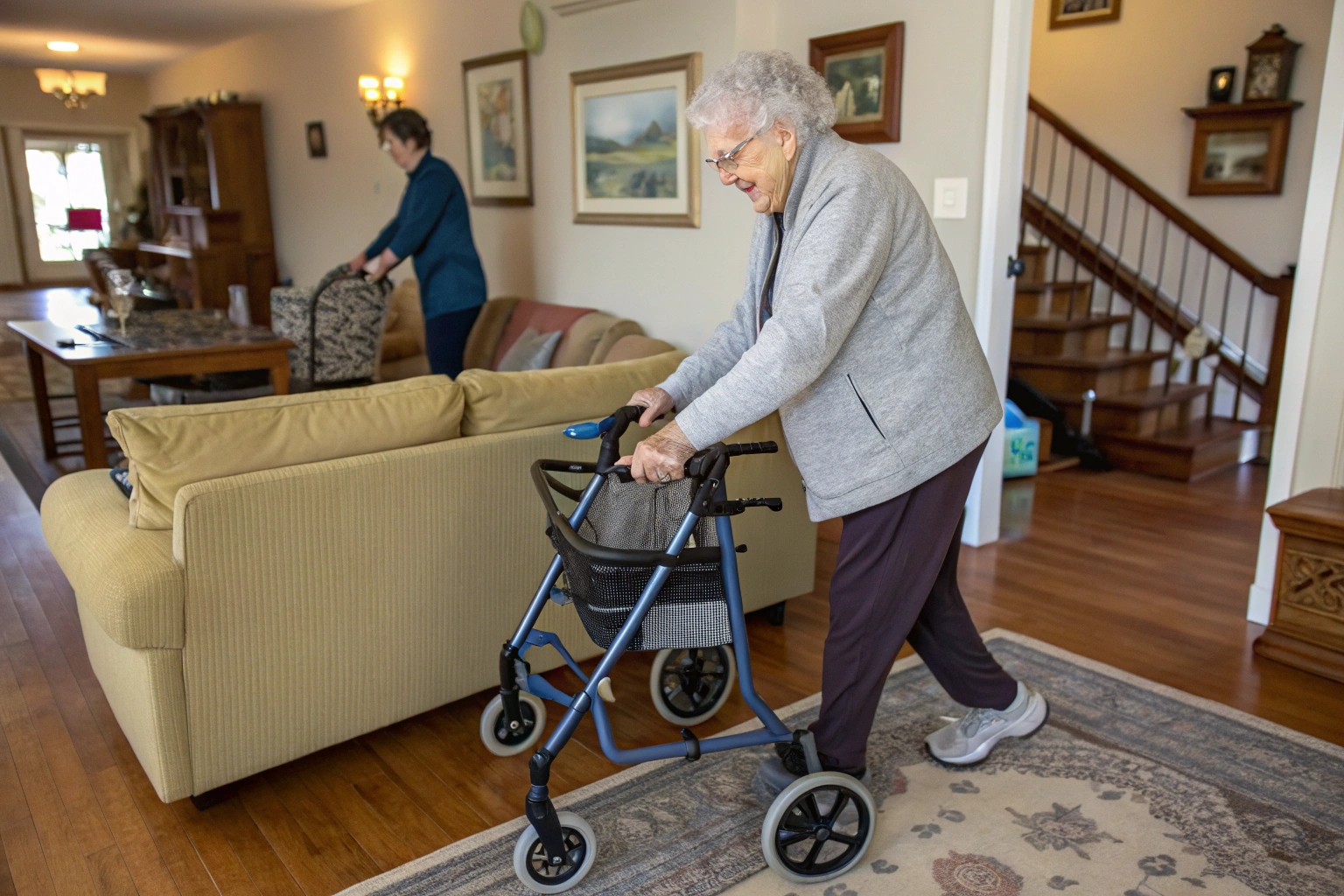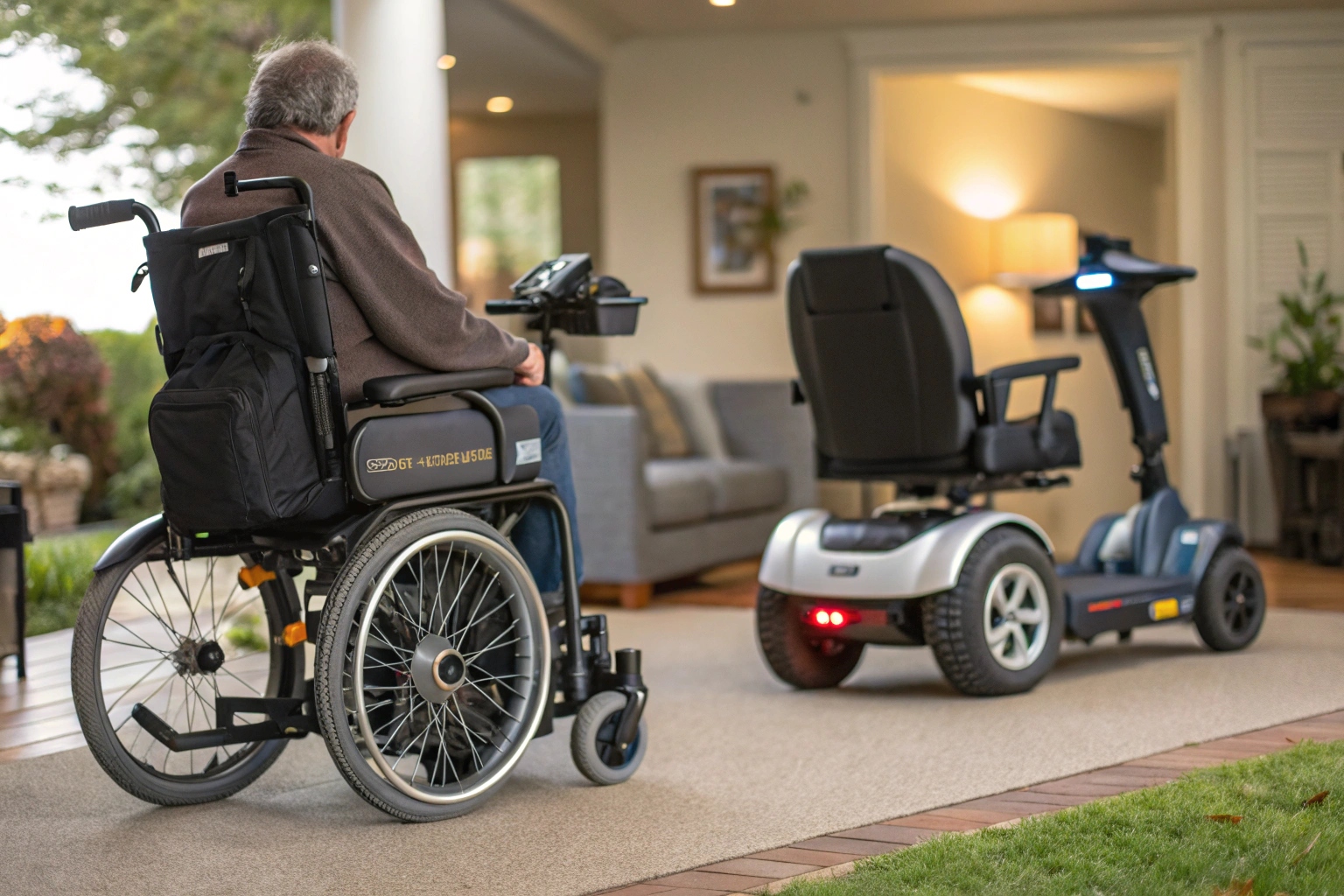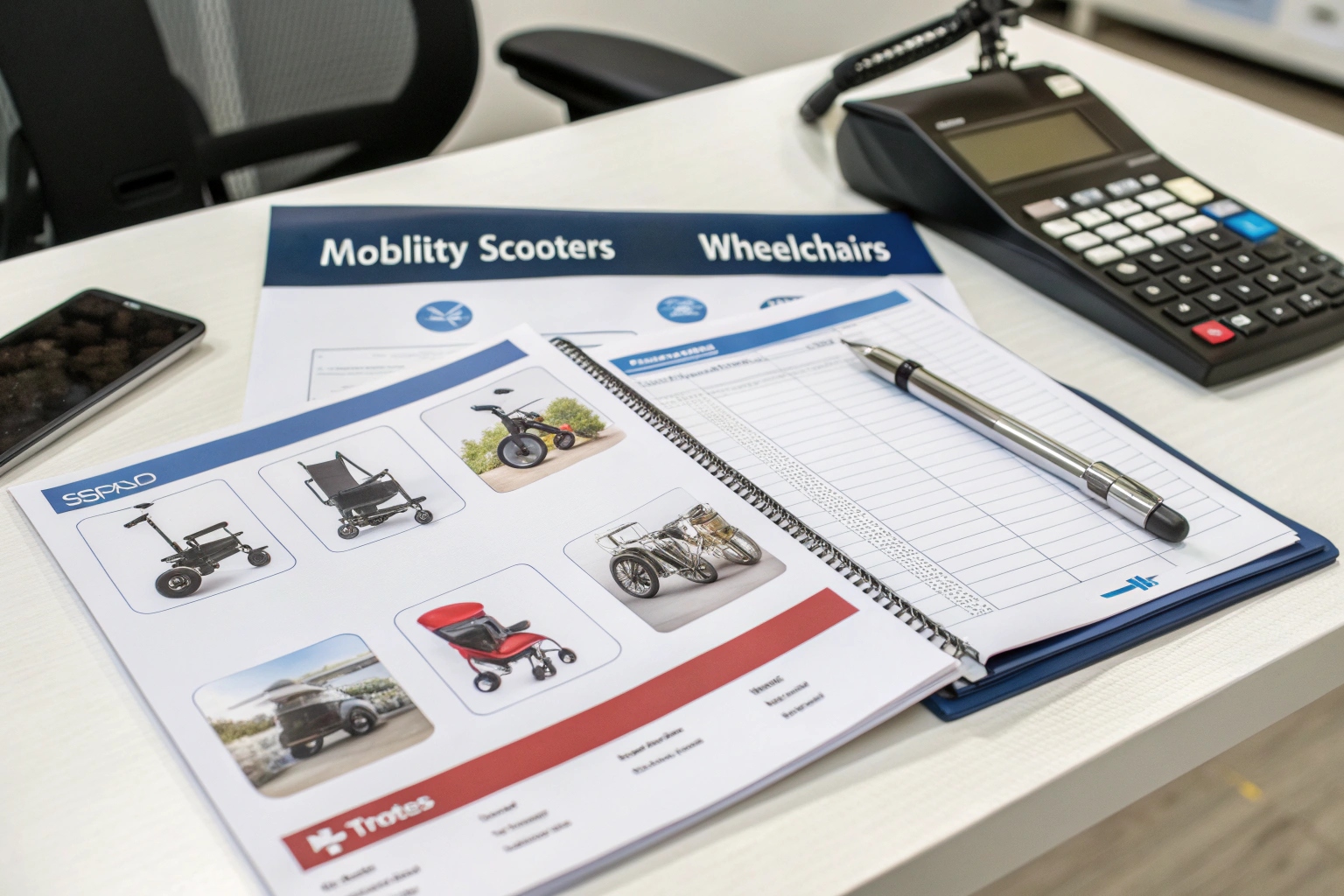Your customer is confused. They know they need help getting around, but the choice between a mobility scooter and an an electric wheelchair is overwhelming. This confusion leads to frustration and lost sales.
Guide your customers by asking about their lifestyle, not just their disability. A scooter is for transportation to go places. An electric wheelchair is for mobility support to live and maneuver in a space. This simple distinction clarifies the choice instantly.

From my position at the factory, I see thousands of these devices shipped globally. I also hear from our B2B partners about the questions their customers ask. The most successful distributors are the ones who train their teams to stop selling products and start solving problems. They act as expert guides. The key is to simplify the technical details and focus entirely on how the device will fit into the user's daily life. Let's break down how you can equip your team to do this effectively.
What Do End Users Care About Most When Choosing a Mobility Device?
You're talking about motor wattage and battery amperage, but your customer is just wondering if they can visit their grandkids next door. This disconnect means you aren't addressing their real needs.
End users care most about how the device restores their freedom. This means understanding their daily routine. Do they need help moving around their home, or do they need a way to get to the local market? The answer determines everything.

The first and most important step is to listen. The choice between a scooter and a power wheelchair comes down to one fundamental question: Is the user looking for a transportation aid or a mobility aid? A mobilite scooter is a transportation tool, like a mini-vehicle. It’s built to cover distances outdoors, on sidewalks, and in parks. An elektrikli sandalye is a true mobility tool. It’s designed to replace or assist the act of walking and provide all-day postural support, excelling indoors where tight turns and access are critical. The decision between the two involves a trade-off between outdoor range and indoor maneuverability. To help you explain this better, I have written a detailed article comparing the pros and cons of each, which you can find here. Understanding the user’s home environment, physical strength, and daily habits is the only way to guide them to a product that will genuinely improve their life.
How Can You Explain Technical Differences Without Confusing Your Customers?
You say "tiller steering" and your customer's eyes glaze over. Complex technical terms are intimidating and create a barrier to the sale, making the customer feel uninformed and hesitant.
Explain technical differences with simple, everyday analogies. A scooter's tiller is "like a bicycle's handlebars." An electric wheelchair's joystick is "like the controller for a video game." This makes the concepts instantly understandable.

Your goal is to build confidence, not to show off technical knowledge. The best way to do this is by simplifying everything. From our experience, visual aids and simple comparisons work wonders. Don't just tell them; show them. Use side-by-side photos or videos to illustrate the differences in posture. A scooter user sits on a simple seat and leans forward to steer. A wheelchair user sits upright in a highly supportive seat, with their feet on footrests and the controller at their fingertips. This immediately clarifies the different purposes. You can use a simple table to make the distinction crystal clear for your sales team and your customers.
Simple Explanations for Your Sales Team
| Özellik | Mobility Scooter (Transport Aid) | Electric Wheelchair (Mobility Aid) |
|---|---|---|
| Controls | "Like bicycle handlebars (a tiller)." | "Like a small joystick." |
| Seating | "A simple, rotating captain's seat." | "A fully supportive seat for all-day use." |
| Main Purpose | "For traveling outdoors, like going to the shops." | "For getting around indoors, like at home." |
How Should You Adjust Your Message Based on the Customer's Intended Use?
You recommend a long-range scooter to a customer who lives in a small apartment. It's too big for their hallways, and they end up returning it, unhappy with their experience.
Tailor your recommendation by asking one simple question: "Will you use this more inside your home or outside?" For indoor use, highlight the wheelchair's tight turning. For outdoor use, emphasize the scooter's long range and big wheels.

Once you know the primary use case, you can focus your message on the features that matter most for that scenario. This shows the customer you are listening and truly understand their needs. If they say they need help getting from the bedroom to the kitchen and navigating their home, the conversation should be about electric wheelchairs. You would talk about how its small footprint and zero-turn capability make it easy to use in tight spaces. You would mention the all-day comfort and postural support. On the other hand, if the customer says they want to visit friends in the neighborhood or go to the grocery store, the conversation is about hareketlilik scooterları. Here, you would highlight the impressive battery range, the suspension system for a smooth ride, and the larger wheels that can handle sidewalks and small curbs. By matching the product's strengths to the user's specific lifestyle, you make the choice logical and easy.
What Sales Tools Can Importers Use to Help Dealers Educate End Customers?
Your dealers are trying their best, but they lack the materials to clearly explain the difference. This inconsistency leads to lost sales and a weak brand presence in the market.
Equip your dealers with simple tools: a one-page comparison chart, short demo videos, and a prepared FAQ sheet. These tools ensure every customer gets a clear, consistent, and helpful explanation, building trust and sales.

As an importer, your job is to empower your sales channels. You can't be in every showroom, but your tools can be. We provide these assets to our most successful partners, and they make a huge difference. First, create a simple, visual comparison chart. It should be a one-page document that a salesperson can use to quickly show the key differences: range, speed, control type, and "Best For" use case. Second, invest in short videos. Nothing is more powerful than showing a real person using the product. Make one video of a wheelchair gracefully moving through a furnished home and another of a scooter confidently handling a trip to a local park. Third, prepare your team for what comes after the sale. Create an FAQ sheet that answers the most common questions: "How do I get it in my car?", "What maintenance is needed?", "Can I take it on a bus?". Providing these tools makes your dealers more effective and positions your brand as a helpful expert.
Çözüm
Guiding a customer is about listening first. By simplifying the choice to transport vs. support and using clear tools, you empower customers to make the right decision for their life.

